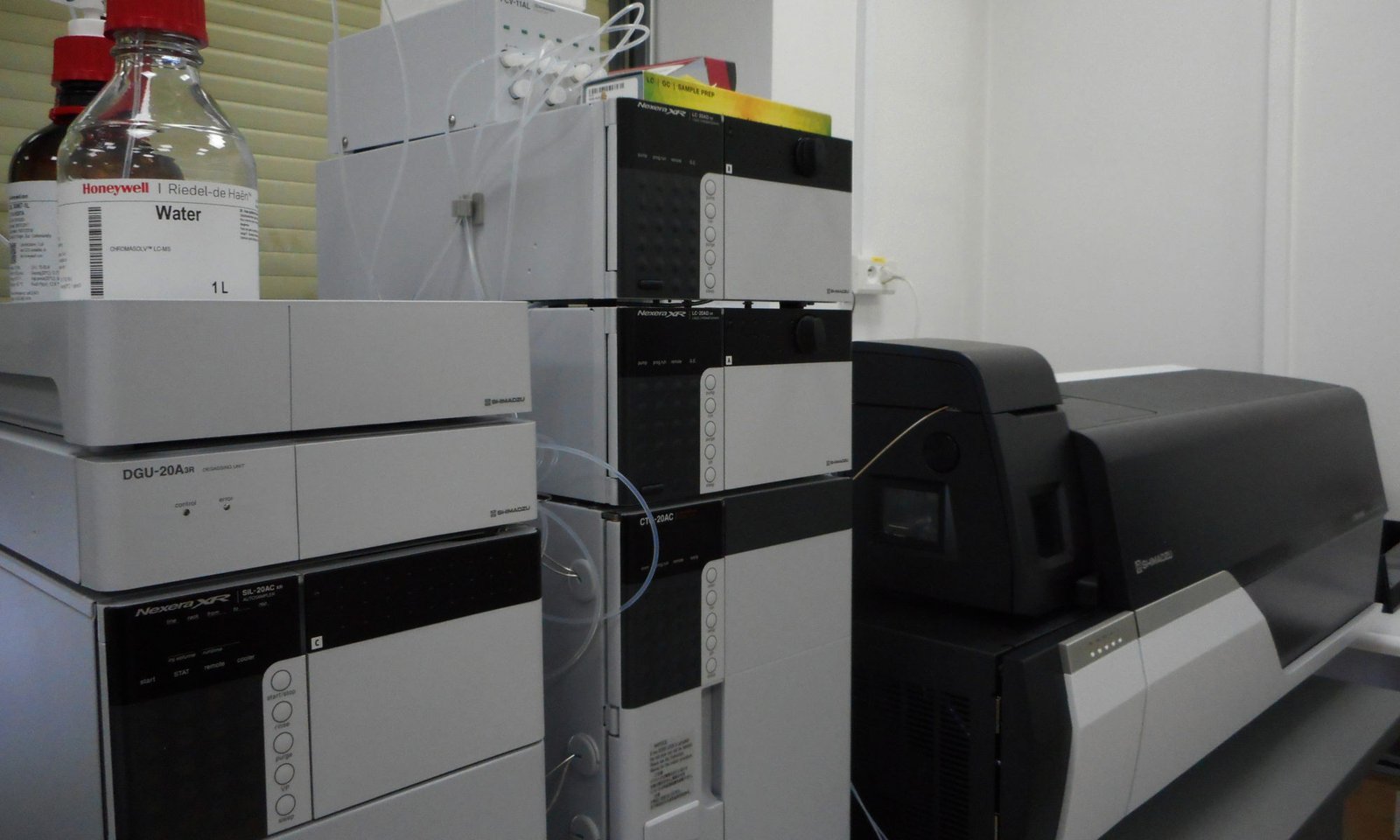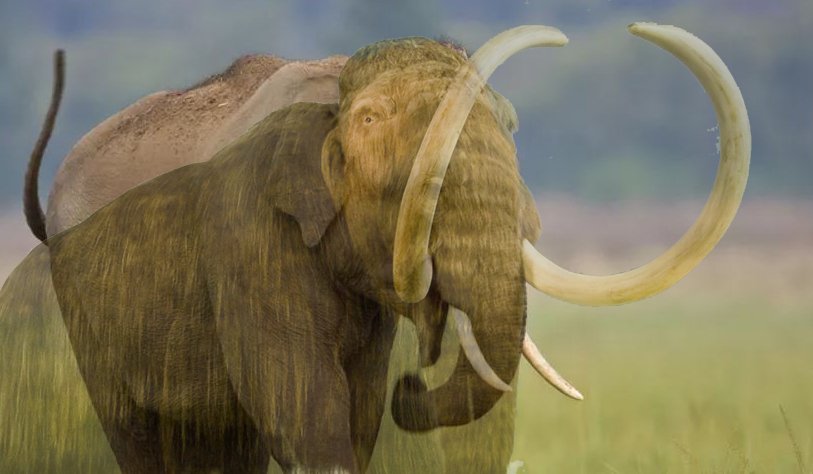By Mayuri Napagoda, Sanjeeva Witharana, and Lalith Jayasinghe
Contribution participating in the INPST 2018 Science Communication Awards contest.
Exposure to solar radiation, particularly to its ultraviolet (UV) components has a variety of harmful effects on human skin, ranging from mild inflammatory effects to as severe as causing several types of cancers. Thus, synthetic sunscreens have been introduced to the market to be used as protectants against harmful UV radiation. However, with the realization of the adverse effects associated with the synthetic sunscreen products, there is an increasing demand for sunscreens of herbal origins. Dr. Mayuri Napagoda and her team explain here the significance of plant extracts and plant secondary metabolites for the development of sunscreens with high efficiency and low side-effect profiles while sharing their latest research findings in the field.
Continue reading “Exploring the plant kingdom for the development of novel sunscreen formulations”

